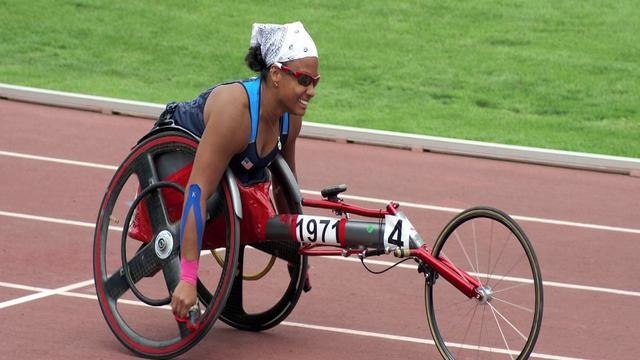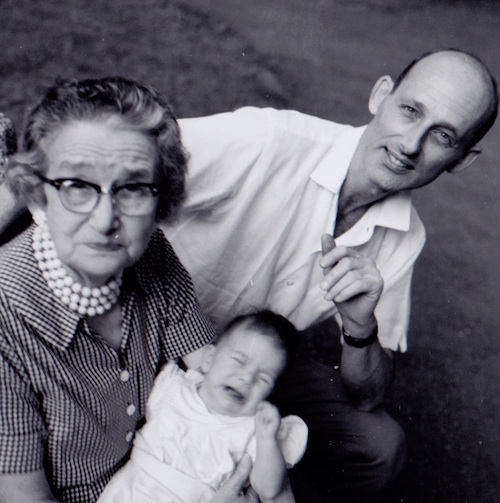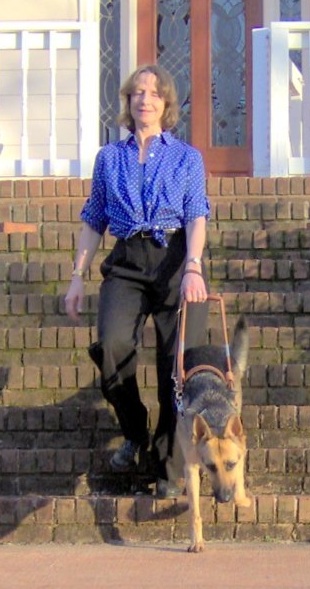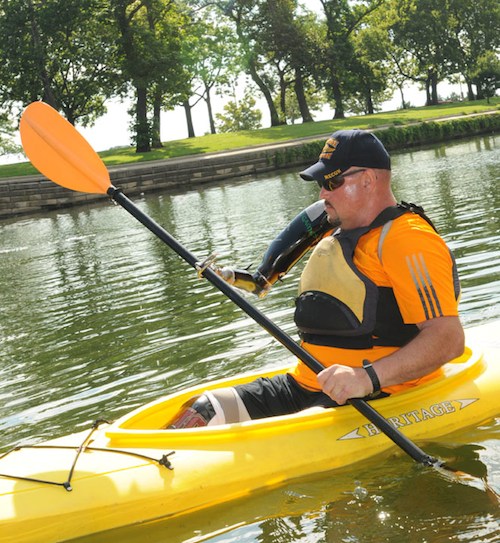I bet this opening ceremony will be a lot cooler
August 14, 2012 • 12 Comments • Posted in blindness, guest blog, UncategorizedIf you were sorry to see the 2012 Summer Olympics come to an end on Sunday, I have good news: they’re not over yet! The Summer Paralympic Games start in London on August 29, and journalism student Sandra Murillo is here with a guest post about a friend who will be competing for gold this year.
Anjali makes the team
By Sandra Murillo
Before I became a student at the University of Illinois at Urbana-Champaign I knew very little about the Paralympics. I knew that the athletes who competed in these Olympics had physical disabilities, but I had no idea what kind of training the athletes went through. I thought that any athlete with a disability could just sign up and be in the Paralympics if they wanted to.
But then I became friends with Paralympic Medalist Anjali Forber-Pratt, and I discovered nothing could be further from the truth.
I met Anjali at U of I when we were both asked to be on a panel and share our experiences as individuals with disabilities with a class of students majoring in special education. Anjali was working on getting her Ph.D. in Human Resource Education, and from the minute I met her I sensed her determination and energetic personality.
Anjali was born in Calcutta India and was adopted when she was two months old. Two months after her adoptive parents brought her home to Natick, Massachusetts, Anjali developed Transverse Myelitis, a neurological condition that affects the spinal cord and left her paralyzed from the waist down.
Anjali tells me that as a child she thought she would eventually outgrow her disability. She admits that when she realized that would not happen she felt sad, but not for long. Anjali’s introduction to sports came during the Boston Marathon when she was only five years old. She remembers seeing the wheelchair racers competing, and that changed her life forever.
As a child Anjali practiced different sports, including wheelchair track, road racing and downhill skiing. She credits her parents and older brother for her extensive involvement in sports. As a child she and her brother would play outside together, and her brother always found ways to involve her in different activities. Anjali jokes that since she grew up with only a brother she had no choice but to learn how to play rough games and sports. She is very thankful for the support and high expectations her family has always had for her.
Today Anjali is one of the top three fastest women in the world in the 100 meter, 200 meter and 400 meter races. She has competed in the 2011 Boston Marathon and in several other national and international marathons. Anjali competed in the 2008 Paralympic games in Beijing as part of team USA, and will be competing in the 2012 Paralympic games in London. She received her Ph.D. last May and recently co-authored a children’s coloring book about athletes with disabilities.
Anjali hopes to inspire disabled and non-disabled individuals to pursue all of their dreams and goals. By having the pleasure of becoming Anjali’s friend I know she will continue her successes, both as an athlete and as a person. I’m also confident – and expect – that she’ll bring home at least one gold medal!
This just in: The United States Olympic Committee just announced today that they’ll create original video content for the U.S. Paralympics YouTube channel, and that NBC Sports Network (NBCSN) will air one-hour highlight shows on Sept. 4, 5, 6 and 11 at 7 p.m. EDT. you can watch the Paralympics from home this year!



